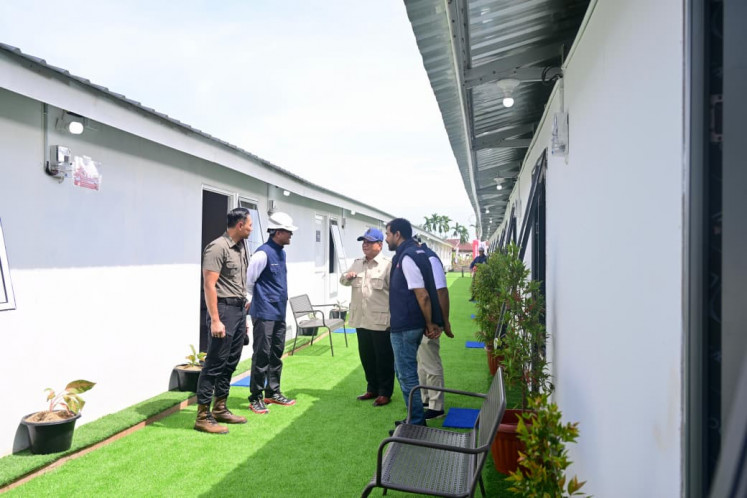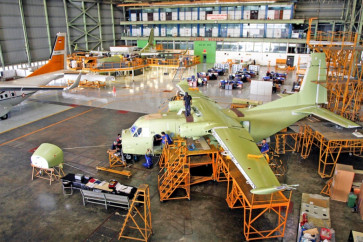Popular Reads
Top Results
Can't find what you're looking for?
View all search resultsPopular Reads
Top Results
Can't find what you're looking for?
View all search resultsIndonesian GDP growth and service industry development
This indicates that the Indonesian economy is moving gradually from a mainly basic manufacturing economy into a service economy.
Change text size
Gift Premium Articles
to Anyone
T
he continued slowdown of Indonesia’s gross domestic product (GDP) growth in 2019 should not come as a surprise. The signs were already there, in particular in the continuing decline in imports.
Imports in the first six months of 2019 fell by US$20 billion, a 20 percent drop from the second half of 2018. This included a $4 billion decline in fuel imports.
As Indonesian manufacturing still relies heavily on imports, their steep decline in the first two quarters of 2019 should have given warning to the government that all was not going to be well in the final two quarters of 2019. And so if the GDP growth in the last two quarters of 2019 turned out to be the lowest growth since March 2017, it was because all the signs had been ignored.
The environment seemed to indicate that for the government, it was business as usual. No significant measures were taken to preempt the incoming slowdown as, understandably, all attention and energy were directed to the general and presidential elections and their aftermath.
GDP grew by 4.97 percent in the fourth quarter of 2019, the lowest since the fourth quarter of 2016, and it mirrored the overall weakness in consumption growth.
The government, still plagued by weak tax revenue, was unable to increase its spending to stimulate growth. Its expenditure barely increased as it grew by less than 1 percent in the last two quarters of last year. Private investors, during the months of uncertainty following the general election still maintained their “wait and see” attitude. And so, gross fixed investment growth fell to 4 percent in the second half of 2019 from 5 percent in the first half, continuing the downward trend that began in September 2018.
But amid these bleak figures, there were some bright spots in the GDP data that indicated gradual changes in the structure of the Indonesian economy.

















